We are ALMOST THERE… almost past the dangers of frost. In zones 3-5, it could still frost as late as Memorial Day, however in zones 6-7 it’s probably safe by now (fingers crossed). This time of year can be tricky, so I usually try to not put all my eggs in one basket. Stagger your planting by a week or two for each type of crop. Maybe start putting out some of the more cold tolerant plants in batches and even sneak in one or two tomato plants (if you are in zones 6-7), but be patient and don’t plant everything all at once. This will give you a buffer crop in case there is another cold snap, but will also stagger your ripening times.
In the springtime, watering is important, especially as new plants are getting established. However, because the day-to-day temps fluctuate so much, it’s important to water properly (and only as needed)
How to water fruit trees and berry bushes properly
Use the “Finger Test” to see if your plants actually need water. Never just assume that they do. Put your finger in the soil down to the second knuckle. If it’s dry, then go ahead and water. However, if you feel coolness or moisture – then let it be. Generally speaking, most plants (especially fruit trees and berry bushes) actually like to dry out a bit between waterings. If you want more info on this, a full watering document can be found in Patreon.
“As a practice, it’s far better to water LESS frequently and MORE deeply.
Doing this will help establish a healthier root system and overall plant.”
-KRIS EDLER | PERMACULTUREFX FOUNDER
So, get ready for an exciting month. Gardening season is officially here. Here is your May Gardening To-Do List to help you jumpstart your spring projects.
NOTE: This list is geared toward USDA Growing Zones 3-8. If you are looking for the May Gardening List for Zones 9-11, click here.
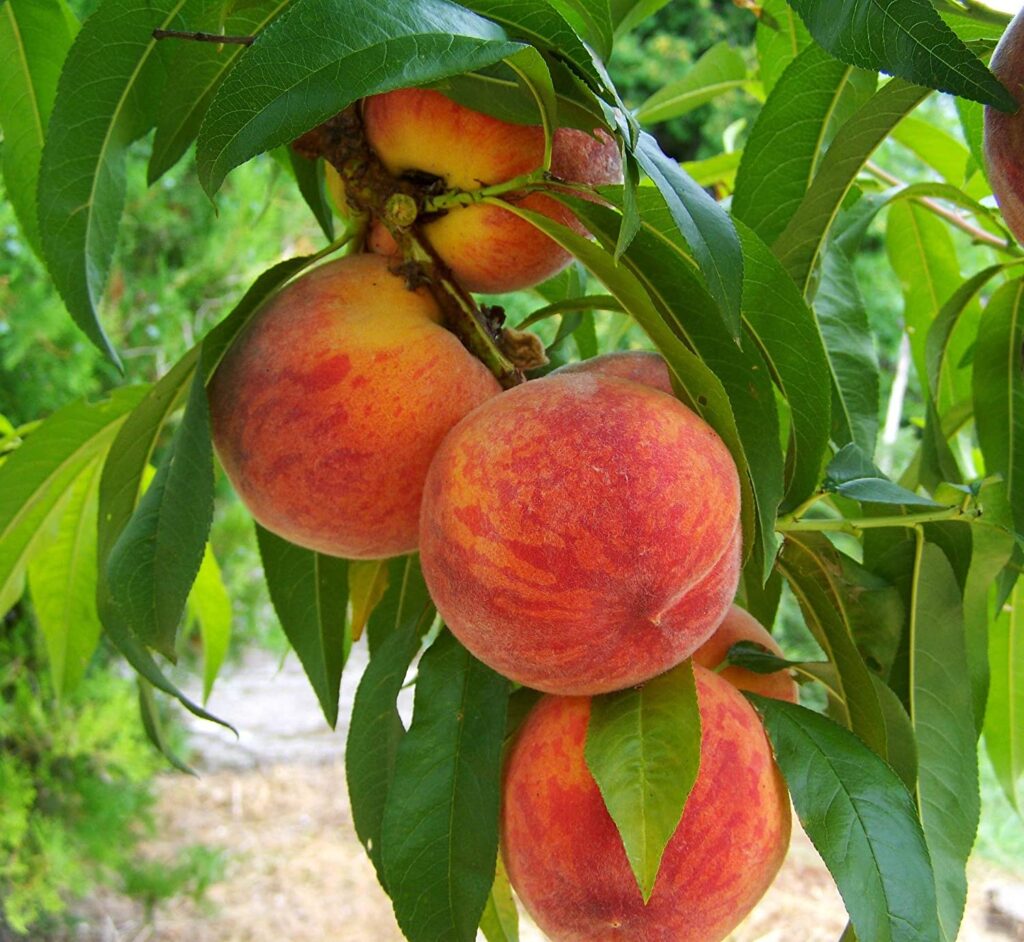
May Gardening To-Do List for USDA Zones 3-8
In the Garden & Greenhouse
- Probiotics for the vegetable garden: If you have not applied a spring probiotic to your soil or as a foliar spray, then now is the time to do that! This application will increase the health of your soil microbiome, give plants a better chance at fighting off disease and fungus, and is a proactive way to address garden pests before they do any damage. BioAg is my preferred spray for this.
- To plant: Tomatoes, peppers, eggplants, beans, peas, corn, cucumbers, and other warm season crops.
- To harvest: Salad greens, kale, radishes, beets, spinach, broccoli, cauliflower, snow peas. You can also keep harvesting the asparagus until the spear size decreases. Then leave it to grow into a “fern” to feed the plant for next season.
- Compost: Turn pile 1-2x per week.
- NOTE: For most people an outdoor compost pile doesn’t really generate a lot. However, using a worm bin (like the ones from Uncle Jim’s Worm Farm), can provide worm tea which creates way more bang for your buck. For most families, composting worms are going to give you a better result than a mere compost pile.
- Cover Crops: For many food forest areas, it is a great time to plant cover crops in the lanes for grass and weed suppression. Here are some of our favorite for the Midwest: CLICK HERE
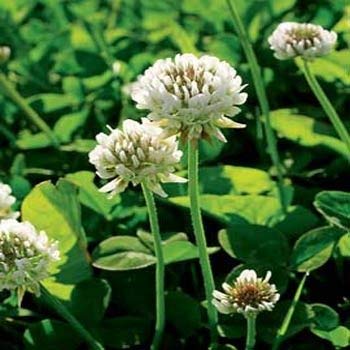
In the Food Forest
- Consider probiotics for your garden and yard (if you didn’t do it last month) FREE 11-minute talk on probiotics for the yard, click here.
- Plant new fruit trees and berry bushes. Here is a step-by-step process (with diagram) of how to plant a fruit tree or berry bush. Some of the info may surprise you. This is a great time to plant peach, plum, apple, pear, persimmon, paw paw, etc. Planting this time of year gives them 7-8 months to root in and settle before winter. It should be noted that you will need to water more often until rainy season starts.
- Harvest (and enjoy): Spring mushrooms (i.e. morels), fiddlehead ferns, wild ramps, lungwort.
- Apply mulch (wood chips) to any areas that need it. Fruit trees like to have 6-8″ deep wood chips around the base (extending all the way to the drip line). Remember to keep mulch a few inches back from the truck, because you don’t want the decomposing wood touching your tree. Garden beds prefer straw as a mulch, because when it decomposes it’s a bacterially based structure.
- Pruning: NO major pruning once the trees flower. So, if your trees are still dormant – get that pruning in NOW!
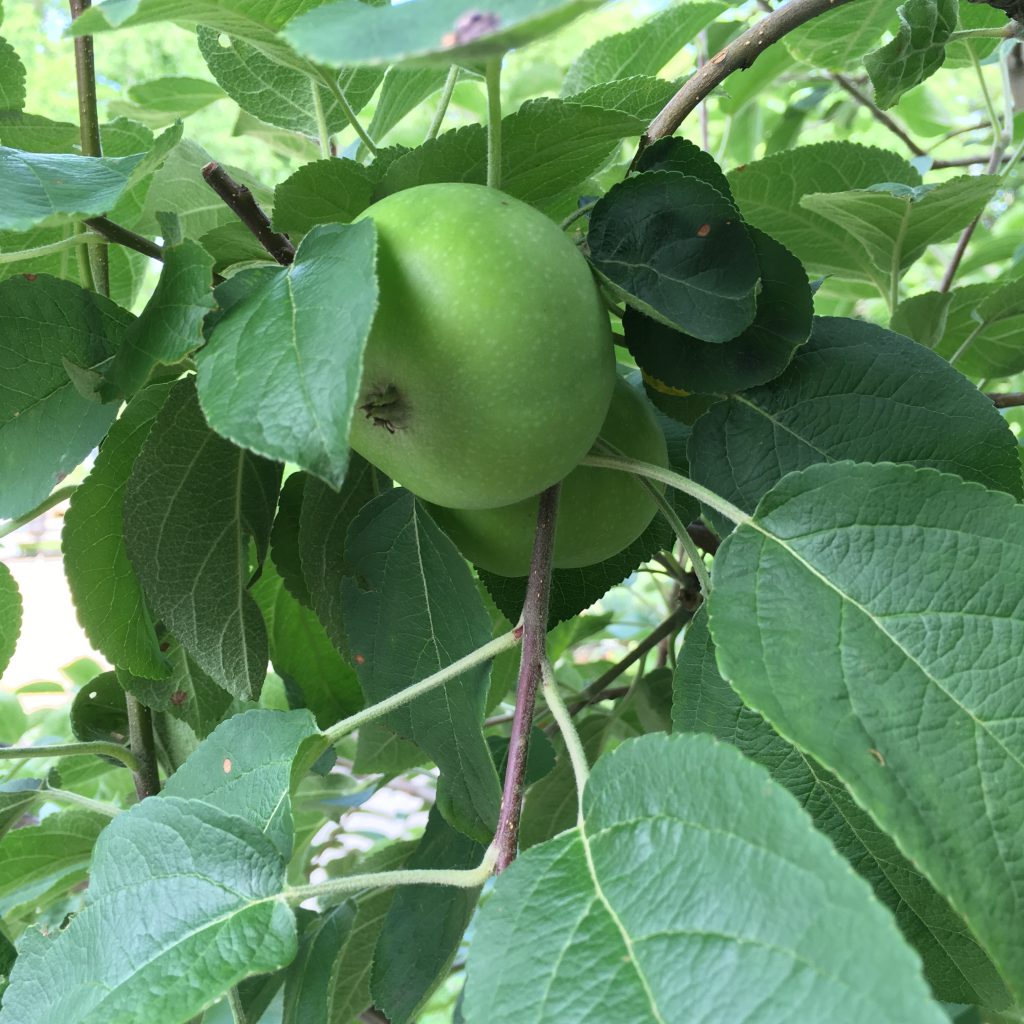
In the Shed
- Clean off tools, re-oil, and remove rust
- Reset mouse / rat traps (peppermint essential oil on a cotton ball in storage areas will also repel them)
- Use leaf blower to clean out corners and dust piles from the winter months
- Spring cleaning time: Go through a couple storage areas this month and recycle, donate, and reorganize. Steward what you have with excellence.
Livestock
- Water rotations: In nature, animals don’t drink out of the purified, and chemically treatred tap. Sometimes their water is from a rain puddle, but other times from a stream or pond. To help mimic this and give their immune system a boost, try doing something different every time you refill their water.
- Apple Cider Vinegar: 1 tsp per gallon
- Honey: 1 TBSP per gallon
- BioIivestock Probiotic: Dilution rate on bottle depending on species
- Herbs: Add fresh oregano, thyme, rosemary, etc to their water to make a “tea”
- Rainwater
- Spring Chickens: This is a great time to add to the flock by either purchasing heritage breeds or hatching your own. Whatever you do, stay away from Cornish Rock or Cornish Cross “meat birds”… more on that to come. It’s also an ideal time to add rabbits, quail, or other animals into your system.
- Dogs: It’s time for spring check-ups on the fur babies. Once they are up to date on their appointments, go support a local groomer and send them to the doggie spa for a day. NOTE: I’d give a tip on cats… but the only thing I can think of is how much I don’t like them. Sorry, not sorry.
In the Pasture
- Plant: Clovers, chicory, rye, turnips, radishes, wheat, oats, etc.
- Hay / Straw: Any rotting or wet bales can be used in the garden or food forest as deep mulch. It can be spread 5-7″ thick in areas that are going to be “future” garden beds in order to prep the soil. First, roll out contractor paper (usually found in the paint section of a hardware store) over the grass and then cover with the straw or other mulch. This is a great opportunity to do “layer mulching” if you have other materials available.
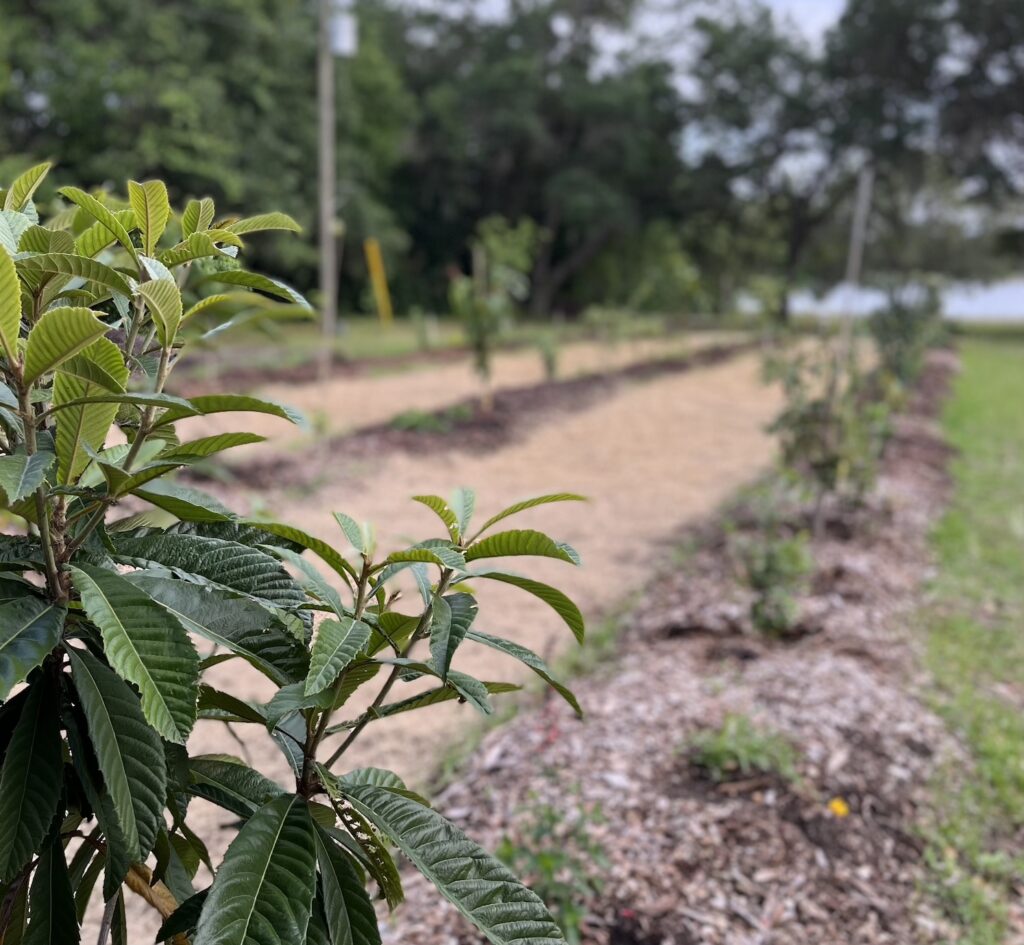
Around the House and Perennial Beds
- Power washing time: Use an organic soap (like Basic H) to power-wash the house, sidewalks, and other recreational vehicles.
- Cut back last years growth: Remove any dead material left over from last fall and add to the compost pile.
- Fertilize flower beds: Use kelp, blood meal, and/or fish emulsion. I like to use blood meal in March/April and then in May/June use bone meal. Kelp and fish emulsion can be used anytime during the growing season. Alternatively, apply a 1/2″ layer of compost to flower beds or at the base of each flower. Keep away from the stems, so it doesn’t “burn”.
- Perennial Flowers: Using native wildflowers is so much easier than annuals, not to mention will save you money because they come back every year. Here are some of our favorites!
- Annual Flowers: Plant annual flowers for pops of color. Limit the number of annuals, because most of them are ‘sterile’ and provide no benefit to native insects and butterflies. Consider doing 80%+ native perennials and wildflowers to better support the local ecosystem.
- Air out the house: On a day you are home, open up every window in the house and turn on fans to circulate fresh air into the house. Change the filters in the HVAC system for the spring months. This is also a great time to vacuum out floor vents and air returns.
- House Plants: Move houseplants outdoors once evening temps are above 50 degrees. Start in full shade and then gradually increase the sunlight exposure over a few weeks. Fertilize with fish emulsion and sea kelp once they are outside.
- Clean out the freezer and disinfect really well. It’s often best to do this the day before garbage day, so you can take old items directly to the road.
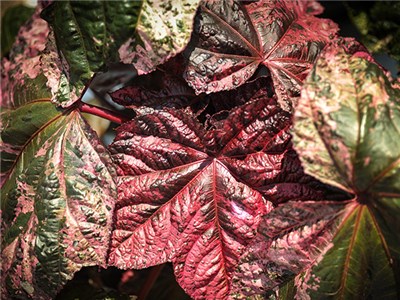
Kids & Family Ideas
- Nature Hike: Create a mini-scavenger hunt before going on your nature hike. Have kids look for things like: a feather, a seed pod, a leaf bigger than their hand, a cool rock, a weird stick, etc.
- Wild Bird Feeding
- Set out orange halves and grape jelly for the arriving orioles
- Put hummingbird feeders out on April 15th (never use the kind with red dye), and be sure to change the water in them every week.
- Hang a new birdhouse for spring nesting season
- Add white millet to feeders to attract indigo buntings (bright blue birds)
- Local Farm Visit: Many local farms offer free tours, kids activities, etc. Look up a local farm to visit in your area and give your kiddos exposure to the animals, crops, and fruit trees.
See you in the Garden
As always, thanks for taking time to join on the gardening and permaculture journey. Be sure to check out the continual flow of content available via our social media channels. Remember, PermacultureFX also does virtual consulting (using Facetime, zoom, satellite images, etc.). We’d love to help you get a plan for your property and help you create abundance and wonder.
Also, if you are looking for on-going property and homestead mentorship, online classes, and access to our resource library, be sure to check our our Patreon. The abundance tier even has a FREE 7-Day Trial, so you can bing watch and see if it’s a good fit for you.
If this article was helpful, consider sharing on social media (or with your garden groups) to help set others up to win on their property. Happy spring, and I’ll see you in the garden!
– Kristofer Edler

Great list with very helpful tips! Thank you!